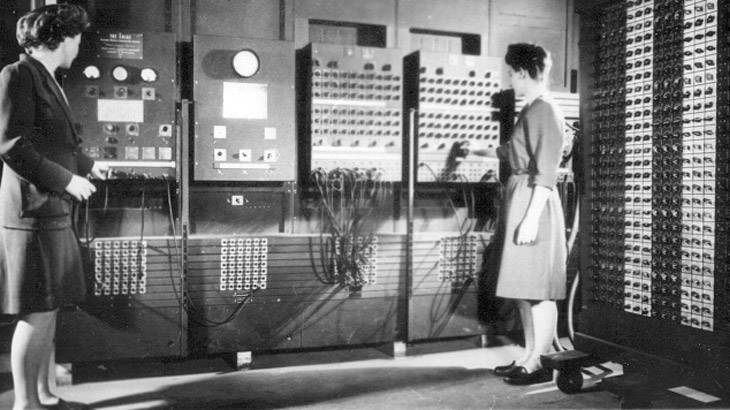As we know, women currently have very little presence in technology companies. However, recent studies show that companies would yield a much greater profit if they were to achieve equality: for example, if the UK were to increase the number of women to 30%, its economy would grow by 11 billion.
One of the main problems that lead to this situation lies in education. Despite, in general terms and according to the latest report on Data and figures of the Spanish university system, there is a higher percentage of women enrolled at Spanish universities (54.8%), although there are few on engineering courses (25%). The figure is even lower in IT (12%).
Hence the importance of motivating new generations from a young age. According to Ann Cairns, Vice Chairman of Mastercard, at the Women at the top conference held last year in London, “we must start teaching 12-year-old girls that technology is cool”.
At Alvantia, we believe that women play an essential role in the technology sector and must have a greater presence. But also in History. We’ve all heard of Alan Turing, considered the father of modern computer science, who helped decipher the German Enigma code during World War II. But little has been said about a group of female programmers who also actively collaborated in changing the course of the conflict. They are the “Top Secret Rosies”, six women recruited in 1942 by the US government during World War II, who worked on programming the ENIAC (Electronic Numerical Integrator And Computer).
The pioneers of programming
ENIAC, considered by many the first general-purpose computer, was built at the University of Pennsylvania by John Presper Eckert and John William Mauchly, and was used to calculate missile trajectories during the war. It occupied 167 m², weighed 27 tonnes and measured 2.5 metres high by 24 metres long. Mathematics specialists Betty Holberton, Jean Bartik, Frances Spence, Ruth Teitelbaum, Marlyn Meltzer and Kathleen Antonelli were in charge of programming it. They developed the basics of computer programming, creating the first routine library and the first software applications. They connected cables to the computer’s six thousand terminals, gradually improving its use and achieving programming combinations that were essential for achieving more calculations, and faster.

Photo: U.S. Army Photo. Wikimedia Commons
As the project was classified as a military secret, the first programming steps were carried out away from the computer, to which they had no access and for which they had to design programming diagrams.
It was perhaps Betty Snyder Holberton (1917-2001) who subsequently made the greatest contribution to the world of computing (despite being a journalist and having taught herself maths and physics): she took part in UNIVAC I, the first computer controlled by instructions entered with a keyboard. She also helped develop the C-10, the prototype for modern programming languages and, together with Grace Hopper, took part in developing the first COBOL and FORTRAN standards. She received the Ada Lovelace prize in 1997.
Betty Jean Jennings Bartik (1924-2011) was on the team that transformed the ENIAC into a computer with stored programs. After working with BINAC and UNIVAC I, she became an editor for Auerbach Publications, a pioneer in information technologies. She has a dedicated museum at Northwest Missouri State University. And in 2008 she received the Computer History Museum prize.
Ruth Lichterman Teitelbaum (1924-1986), meanwhile, moved to Aberdeen with the ENIAC in 1947, where she taught the next generation of programmers how to use it. Her colleague Kathleen McNulty Mauchly Antonelli (1921-2006) also moved to the Aberdeen military base and in 1948 married John W. Mauchly, one of the engineers who created the ENIAC.
Frances Bilas Spence (1922-2012) married a Navy electronic engineer who also worked on the ENIAC in 1947 and left her job to take care of her family.
Finally, Marlyn Wescoff Meltzer (1922-2008) gave up her job before the ENIAC was transferred to Aberdeen to get married.
The work of these women undoubtedly contributed greatly to bringing an end to a military conflict of terrible dimensions. In recognition of their great work, in 1997 they were included in the Women in Technology International Hall of Fame.
If you want to find out more about this interesting group of female programmers, we recommend the documentary film “Top Secret Rosies. The Female “Computers” of World War II”, filmed in 2010 and directed by Leann Erickson.


